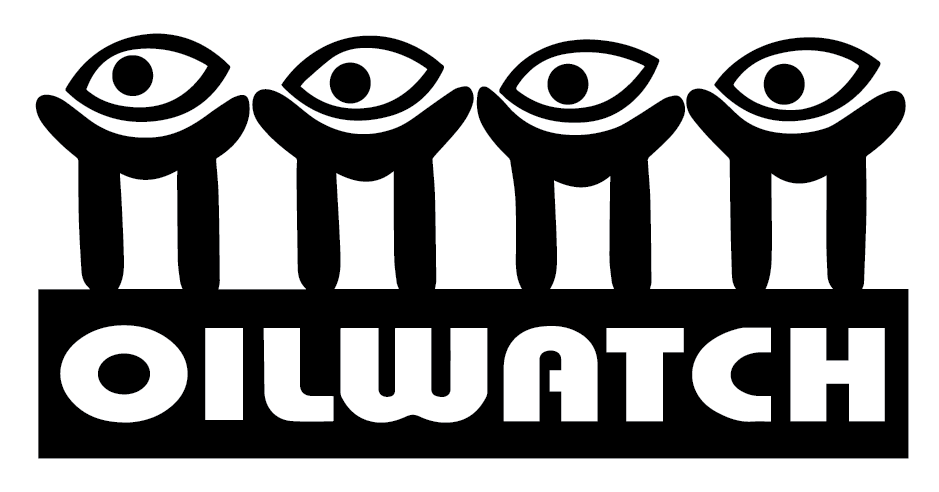Last month, Ecuador’s government approved permits for oil drilling in the Yasuní National Park. The drilling will be carried out by a subsidiary of the national oil company, Petroamazonas and will start in 2016.
The permits are in the Ishpingo-Tambococha-Tiputinin (ITT) block, an area covering a total of 100,000 hectares, or 10% of the Yasuní National Park.
Seven years ago, Ecuador’s president Rafael Correa announced that the country would leave the oil below the Yasuní rainforest, if the world paid US$3.6 billion, or half the market value of the 850 million barrels of oil in the ITT block. By 2013, when the money hadn’t appeared, Correa announced that “The world has failed us”, and that oil drilling in Yasuní would take place.
Opponents of the oil drilling started a petition – if they reached 583,323 signatures (5% of the electoral roll), Ecuador would hold a national referendum on whether to drill for oil in the ITT block. In April 2014, the coalition of groups calling themselves YASunidos handed in about 850,000 signatures.
Ten days later, the National Electoral Council announced that only 359,762 signatures were legitimate. The NEC said that signatures were repeated, fictional or incomplete names were used, names were not on the electoral roll, the weight of paper was wrong, signatures were in blue ink (instead of black), and identity numbers were written outside the boxes provided.
Environmentalists and indigenous groups claimed fraud and interference on the part of the government. The government rejected the claims. Martin Carbonell, a spokesperson for YASunidos told the Guardian,
“People are aware that this has damaged democracy. Before this, they had some confidence in government. This was the moment when people could say this is not a democratic government.”
The Yasuní initiative raises several issues that are relevant to climate change and REDD:
It’s an environmental blackmail scheme, or “You pay, or we’ll drill”. When the money didn’t appear, the forest turns out to be unprotected.
As a model for keeping the oil in the soil, it would be extremely expensive. If Ecuador gets paid for not drilling a comparatively small amount of oil, what happens when Russia or Saudi Arabia says, “You pay, or we drill”?
Yasuní would not reduce global greenhouse gas emissions. The demand for oil is still there and oil consumers will simply buy the oil from somewhere else.
Not all indigenous peoples in Ecuador are opposed to oil drilling. The Waorani are one of the indigenous peoples living in the Yasuní National Park. David Irumenga, a Waorani community leader, recently spoke to the press in Quito:
“I am here supporting the government’s proposal to exploit the petroleum in the ITT block [of Yasuní]. We must leave poverty behind through education, transport, healthcare and housing – not just us, but the entire nation of Ecuador.”
President Correa also argues that the money from oil drilling in Yasuní would help poverty alleviation, particularly in the Amazon, the region with the highest incidence of poverty in Ecuador.
Christian Tym is a PhD student in Anthropology and Latin American Studies at the University of Sydney, currently carrying out research in Ecuador. He argues that there is a progressive case to “Drill Baby, Drill!” in Ecuador. He points out that in Ecuador “two-thirds of all energy comes from renewables” and the country “has grown its economy at above the regional average while reducing inequality more than any other country”. He also argues that,
There is a huge difference between drilling for oil in a neoliberal corporatocracy and drilling in Ecuador, where the public collects 85c of every dollar in profit.
But Tym skips over Correa’s record on human rights or the fact that it has closed down Fundación Pachamama – one of the organisations campaigning against oil drilling in Yasuní.
As this map shows, the ITT block is just one of the oil blocks in the Yasuní National Park:
In August 2013, Petroamazonas was caught on film secretly building an oil access road through block 31, west of ITT. Professional photographers Ivan Kashinsky and Karla Gachet came across the road in August 2012, while they were on assignment for National Geographic magazine. Their aerial photographs of the road are published on mongabay.com.
With new road building for oil inside the Yasuní, environmental and social impacts, such as new settlers, illegal logging and over-hunting, will almost inevitably follow. The Yasuní is one of the most biodiverse areas in the world – perhaps the most biodiverse in the world. The Tagaeri and Taromenane are semi-nomadic indigenous people living in voluntary isolation in the Yasuní. The roads could reach right up to the edge of their forest. And Ecuador has a bad record of oil spills.
As usual, REDD is irrelevant in the discussion about saving the Yasuní National Park. REDD takes place in parallel with oil drilling. If it takes place at all, that is. Shortly after Germany criticised Ecuador’s plans to drill for oil in the Yasuní, President Correa cancelled a €34.5 million German REDD project.
